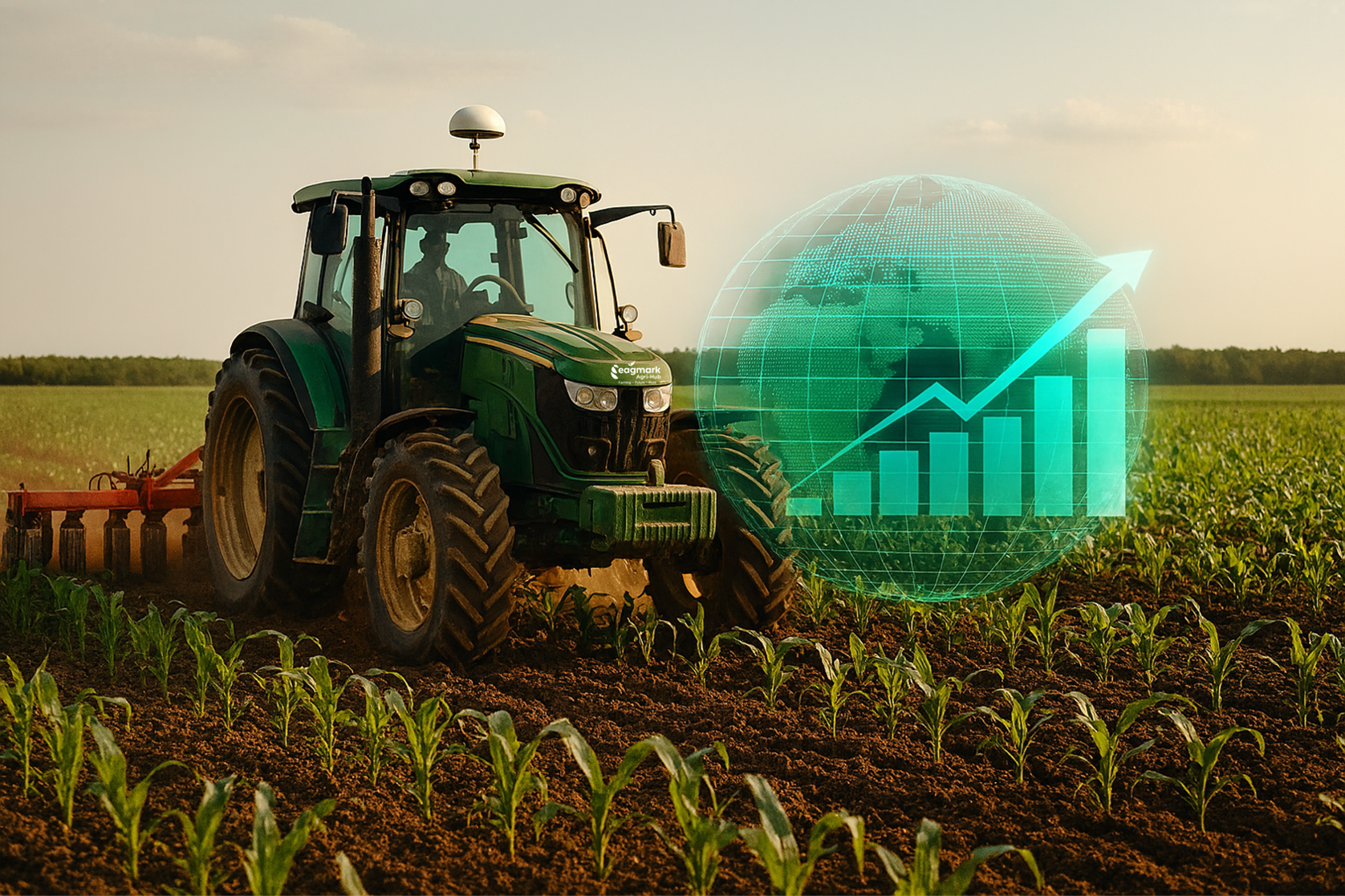![]()
Measuring nitrous oxide emissions from farms has always been complicated. The gas doesn't distribute evenly across fields, and emissions spike unpredictably based on soil conditions. This makes tracking—and reducing—one of agriculture's most potent greenhouse gases a persistent challenge.
Researchers are now deploying Internet of Things sensor networks to address this measurement gap. The approach replaces sporadic manual sampling with continuous, real-time monitoring across entire fields.
The Measurement Problem
Nitrous oxide is roughly 300 times more potent than carbon dioxide at trapping heat. Agricultural soils account for the largest share of human-caused emissions, primarily from nitrogen fertilizer use. Yet directly measuring these emissions remains difficult.
The gas doesn't release uniformly. Certain field spots—where soil moisture, temperature, and nutrients converge—become "hot spots" that produce disproportionate emissions during brief "hot moments." Traditional chamber-based sampling often misses these critical events.
A Network Solution
The research deploys wireless IoT sensors throughout fields to continuously track soil moisture and temperature—factors that influence microbial processes producing nitrous oxide. Using LoRaWAN technology, which enables long-range, low-power communication, dozens of sensors can transmit data to a central gateway in real time.
Initial field tests across multiple sites employed over 50 sensors, capturing variations driven by subtle landscape changes. The technology builds on established 4R nutrient stewardship principles—applying the right fertilizer source, at the right rate, at the right time, in the right place—concepts that already guide many farmers working to minimize emissions.
Modeling and Application
Sensor data feeds into the Denitrification-Decomposition model, which has projected crop yields and greenhouse gas emissions across Canada since 2011. The model simulates how soil microbes convert excess nitrogen into nitrous oxide under varying moisture and temperature conditions.
The goal isn't just better measurement—it's actionable guidance. Real-time soil data could help farmers refine fertilizer timing or adjust application rates based on current field conditions, potentially reducing emissions while maintaining productivity.
Practical Impact
This technology shift matters because agriculture contributes 16-27% of human-caused climate emissions, with nitrous oxide representing a significant portion. While some regions have set reduction targets, achieving them requires both understanding when and where emissions occur, and translating that knowledge into farm-level practices.
The sensor approach offers farmers visibility previously available only through expensive, labor-intensive methods. As the technology matures, IoT-enabled precision agriculture could make emissions management as routine as monitoring weather or soil moisture—standard practice rather than specialized research.
Early results show promise, though the work remains developmental. The fundamental shift is from periodic snapshots to continuous monitoring, potentially transforming how agriculture addresses its climate footprint.


